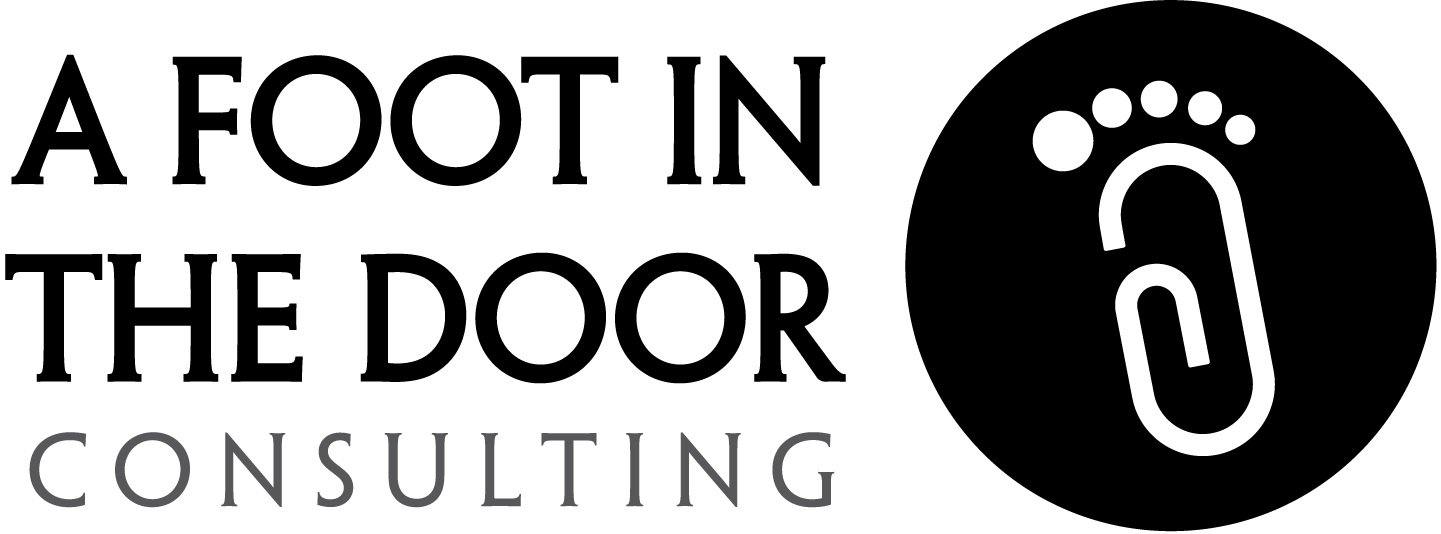How to Effectively Tailor Your Resume for a Shorter Job Search
When you create a resume it should be flush with industry relevant keywords from the start. However, in this age of computerized screening and global competition, as discussed in What’s ATS got to do with Me?, your documents need to be tailored per application so you aren’t immediately booted from the applicant pool. This may feel overwhelming when the thought of job search is already daunting. Although with an already well structured document and following the steps below this process should not be time intensive. Ultimately, by speaking the same language as the job description ATS (and the employer) can easily connect the dots between you and the role.
Where to begin?
1. REORIENT: To kick off every tailoring session reorient yourself with the keywords and statements in your base document. It is important to note that an effective resume should have an initial summary section showcasing your overarching skills and relevant characteristics. In addition to setting the tone for the reader, this section allows you to focus much of your tailoring within one area.
2. SCAN THE JOB DESCRIPTION: Quickly review the job description first focusing on the Position Summary and Required Qualifications sections. Ask yourself:
a. Do they describe work I’ve done using different words than what’s included in my resume?
b. Do they describe work I’ve done that I haven’t captured in my resume?
c. Do they use other important keywords to describe the position, company or ideal candidate?
d. What words am I seeing used a lot?
3. WHAT’S MISSING? Pull together a list of keywords and statements not currently reflected in your resume, first focusing on these more critical sections of the job description. This should not be exhaustive but a list of approximately 5-15 items. This number will vary based on stage of your career, alignment with current position, culture of the new employer and more.
4. WHAT’S IRRELEVANT: Return to your resume and assess for “clutter” i.e. words or statements that are both a) not relevant to this position and b) doesn’t showcase how you add value in any role
5. IMPLEMENT: Then, beginning with the summary section on your resume, identify where to incorporate the above list to best mirror the job description. This could be adding a couple bullets pulling in exact information from the job description, editing bullets to weave in exact verbiage, or updating your skills list to include keywords not already in your document. If you have identified clutter, it should be removed and often replaced with something from the list.
Struggling to identify the prevalent keywords within a job description?
In addition to focusing on the first statements about the position and required qualifications, you can utilize a word cloud generator such as TagCrowd or AI platform like ChatGPT to help extract keywords. You can find a step-by-step TagCrowd instructional video here. For ChatGPT, play around with prompts. A great starting point is: “Populate a list of the 20 most common keywords in this job description: [paste copied job description text]”
A Few Rules of Thumb
1. Close enough isn’t good enough. Saying the same thing in a different way isn’t recognizable by computer systems. You need to have enough of the same words and phrases. I provide a short clip of similar but not the same words that need to be updated, here.
2. Think critically of how you remove / replace clutter. You want to paint a clear and full picture of who you are that is relevant to the position .
3. Be careful with keyword or skill set sections that resemble a list. While I use them when creating a client’s document it is done sparingly. Computerized systems can see lists as “keyword stuffing” and is another way to get kicked out of an ATS system. This also goes for copying and pasting the job description in white lettering somewhere in the document in a very small font - an old trick that was used before technology caught up and will now scan these out.
4. Don’t lose your uniqueness in the processes. Keep those keywords and statements that speak to who you are as a professional, how you adapt to new positions and ways you could add value in a new company.
Ultimately? Spending time tailoring will result in less time job searching and who doesn’t want that.

